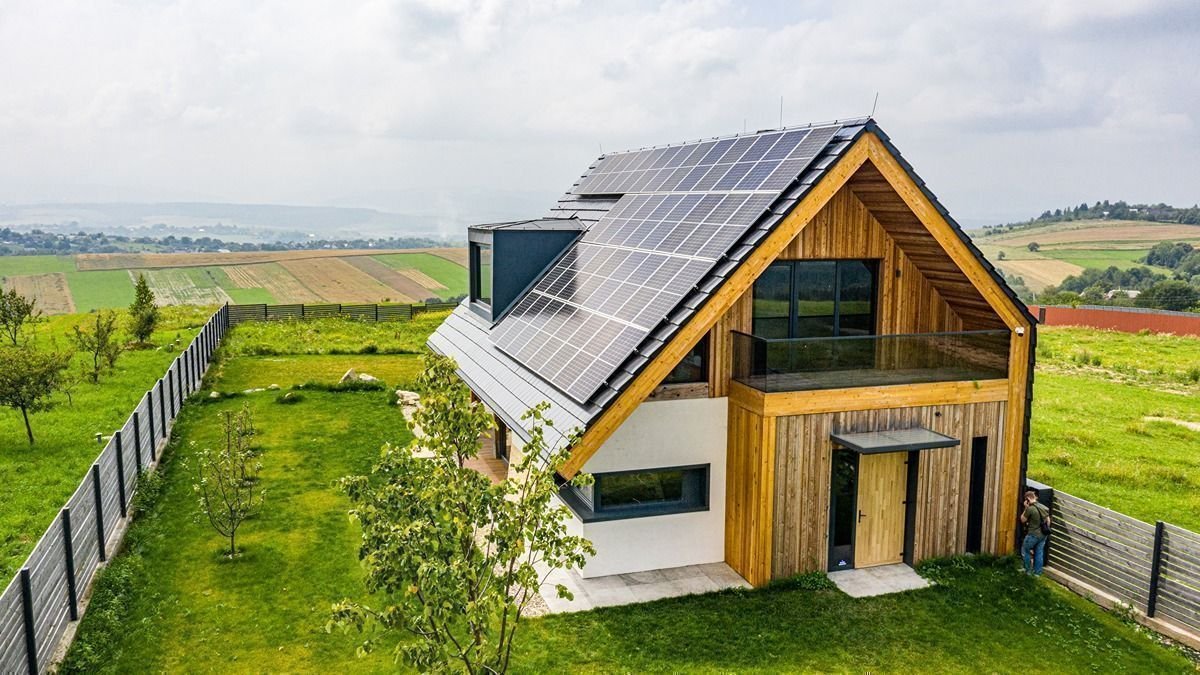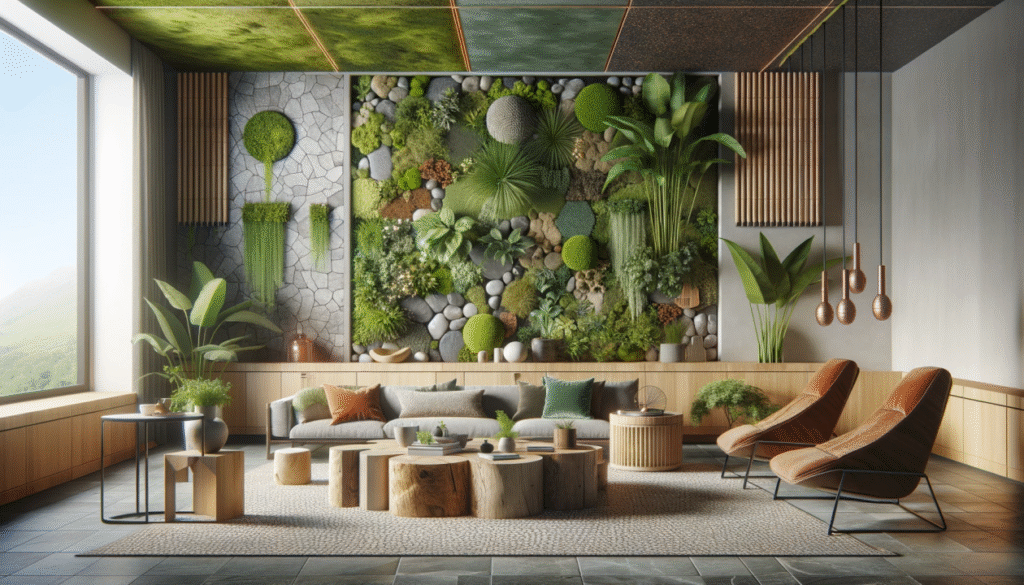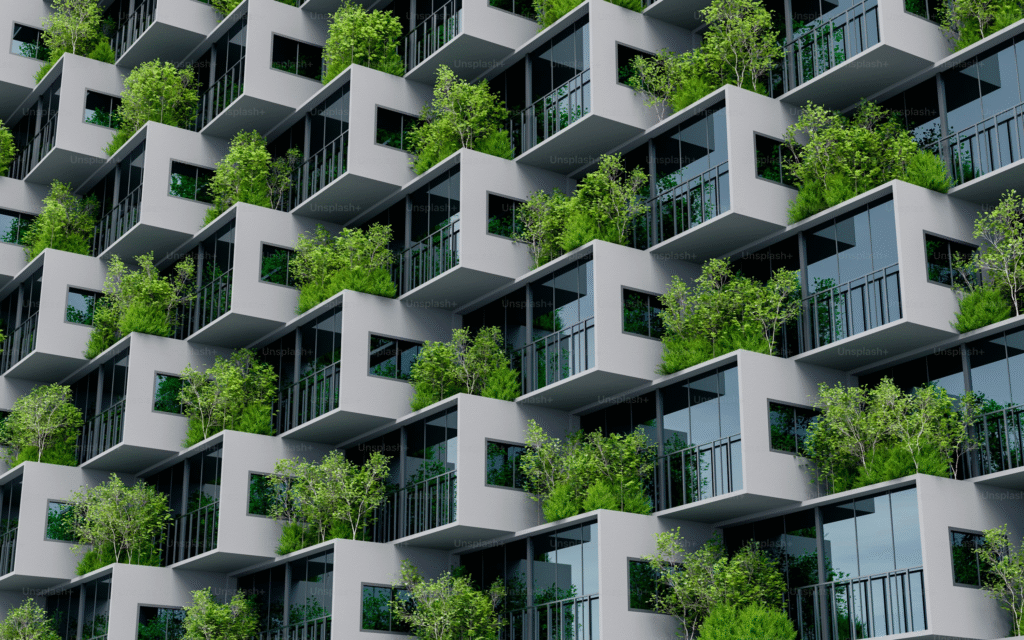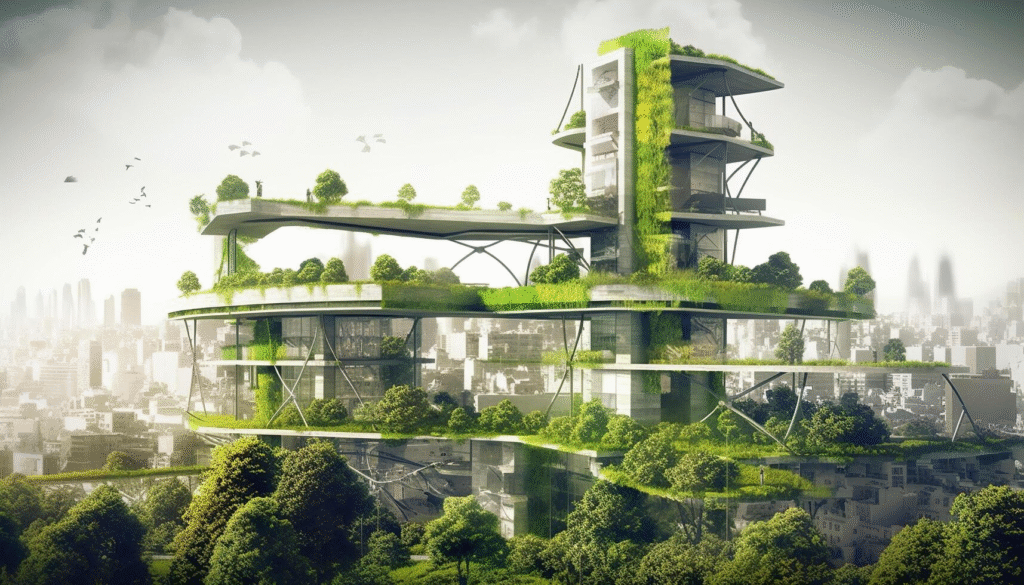
Across cities and small towns, a quiet revolution is taking place in how we design, build, and live in our homes. As climate change continues to affect our planet, more people are choosing to live in eco-friendly living spaces. These homes are not just stylish — they help protect the environment, save energy, and promote a healthier lifestyle.

Eco-friendly living spaces, also known as sustainable or green homes, are designed to reduce their environmental impact. They use green building practices, smart technology, and energy-efficient materials to limit waste and lower carbon emissions.
These homes are becoming more popular among buyers, developers, and even governments. Many cities now offer incentives for green buildings, making them more affordable than ever before.

Green building is about more than just using solar panels. It includes a wide range of sustainable practices, such as:
One standout example is LEED certification (Leadership in Energy and Environmental Design), a popular green building rating system that scores buildings based on their sustainability.

Modern eco-friendly homes are proof that sustainability and style can go hand in hand. Sustainable architecture focuses on using natural light, natural airflow, and local materials while still looking beautiful.
Architects are designing homes that blend into their natural environment. Large windows help reduce the need for artificial lighting. Green roofs, covered in grass or plants, are being used to reduce heat and improve insulation. These innovations are not just good for the Earth — they also lower electricity bills and create a calming space to live in.
Many famous architects now specialize in green design. Firms around the world are creating buildings that produce more energy than they use. These net-zero buildings are expected to become the standard in the next few decades.
Beyond individual homes, entire eco-conscious neighborhoods are on the rise. These planned communities focus on sustainability, walkability, and community connection. They often feature:
One well-known example is Babcock Ranch in Florida, the first town in the U.S. powered entirely by solar energy. Another is Masdar City in the United Arab Emirates, which is designed to be one of the most sustainable cities in the world.
These communities are designed for the future — places where people can live comfortably without harming the planet.
There are many reasons why eco-friendly homes are gaining popularity:
Millennials and Gen Z buyers, in particular, are driving this change. They are willing to invest in green homes because of their long-term benefits for both their wallets and the planet.
Despite all the benefits, building and living in eco-friendly homes isn’t without challenges. Upfront costs for some green technologies can be high. Builders may need to invest more time in planning and sourcing eco-friendly materials.
However, the costs are decreasing as technology improves and more people demand sustainable options. Governments and private companies are also stepping in with grants, tax breaks, and green financing options to make eco-living more accessible.
The rise of eco-friendly living spaces is more than a trend — it’s a movement. As climate challenges grow, the need for sustainable solutions in housing becomes more urgent. Experts predict that green building will become the new normal, especially as cities aim for net-zero emissions in the coming decades.
From urban apartments with rooftop gardens to entire towns powered by the sun, the future of housing is green, smart, and sustainable.
Eco-friendly living spaces are reshaping how we think about home. They’re practical, beautiful, and better for our world. Whether you’re building new, renovating, or buying your first home, going green isn’t just a smart choice — it’s the right one.
With better technology, falling costs, and more awareness, the time has never been better to embrace a greener way of life.
Read More:- Eco-Conscious Developments: Communities with a Purpose
